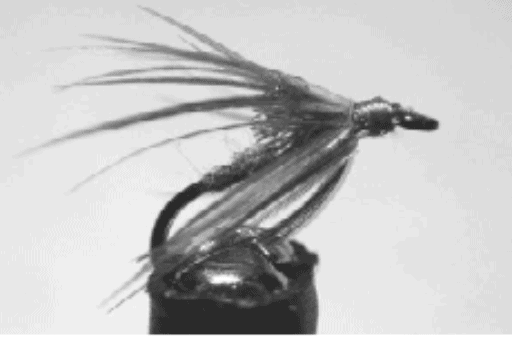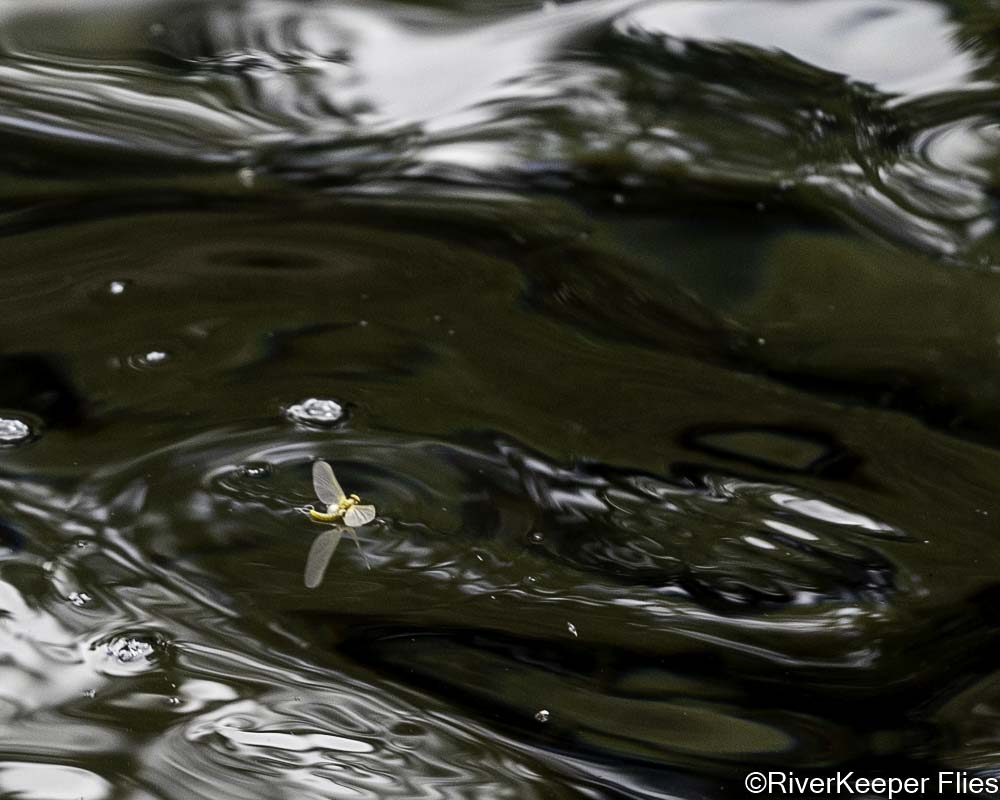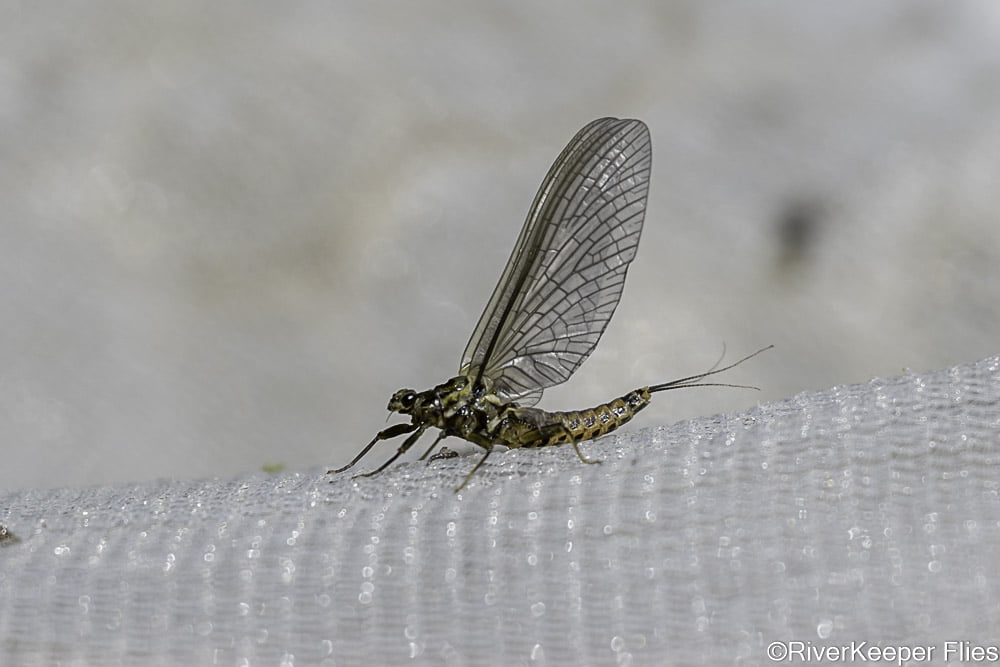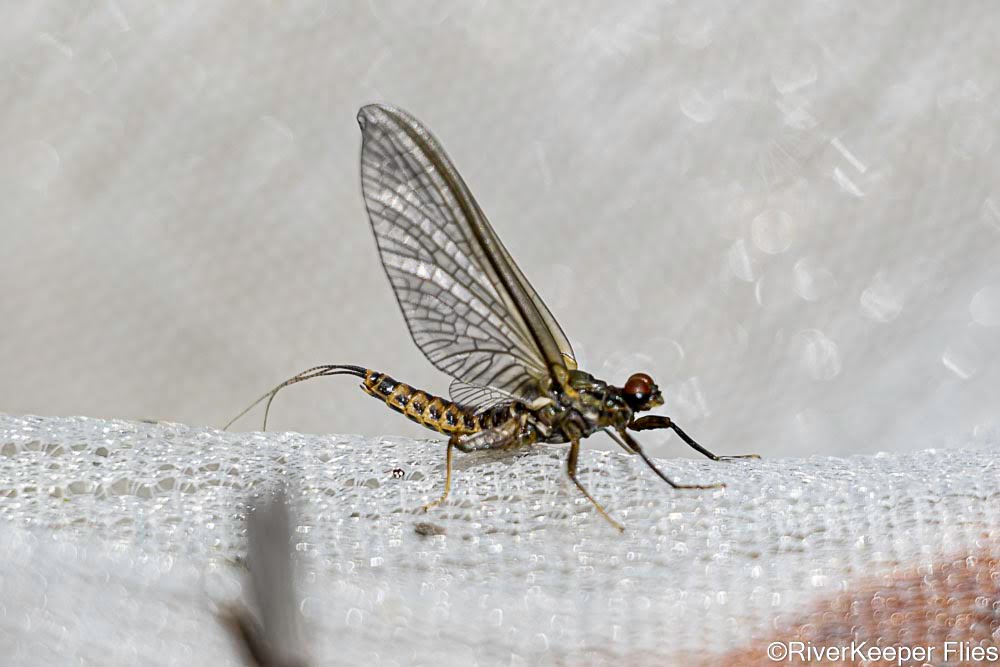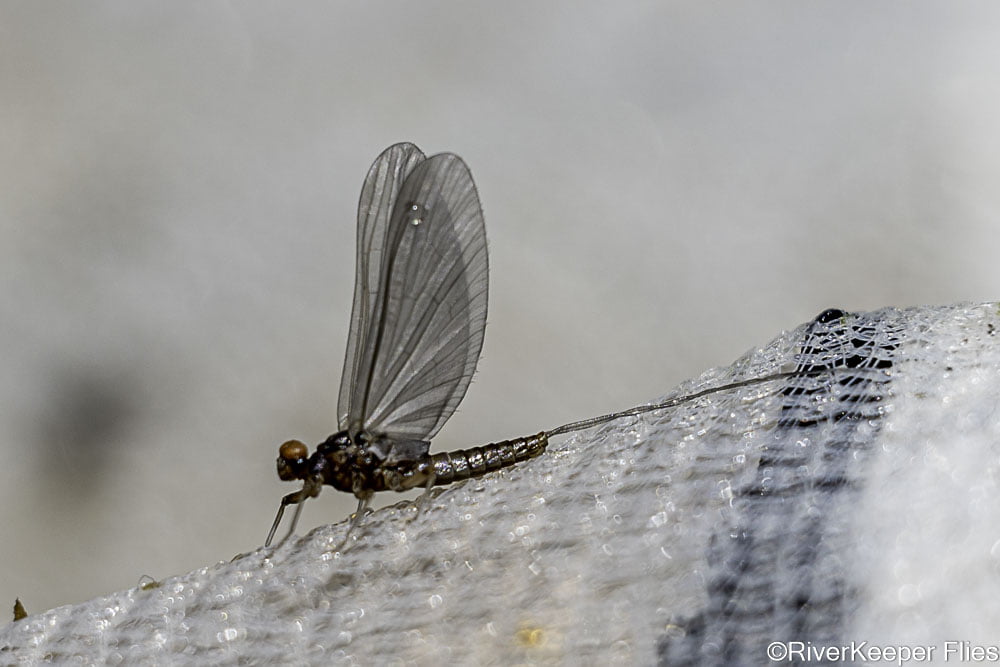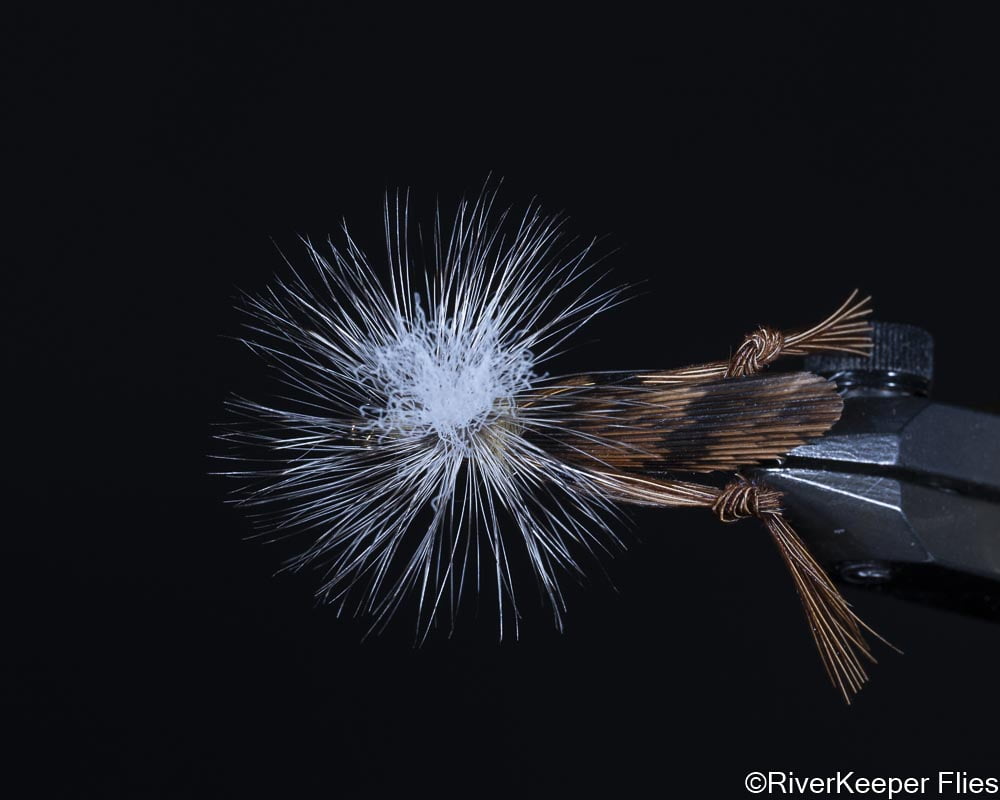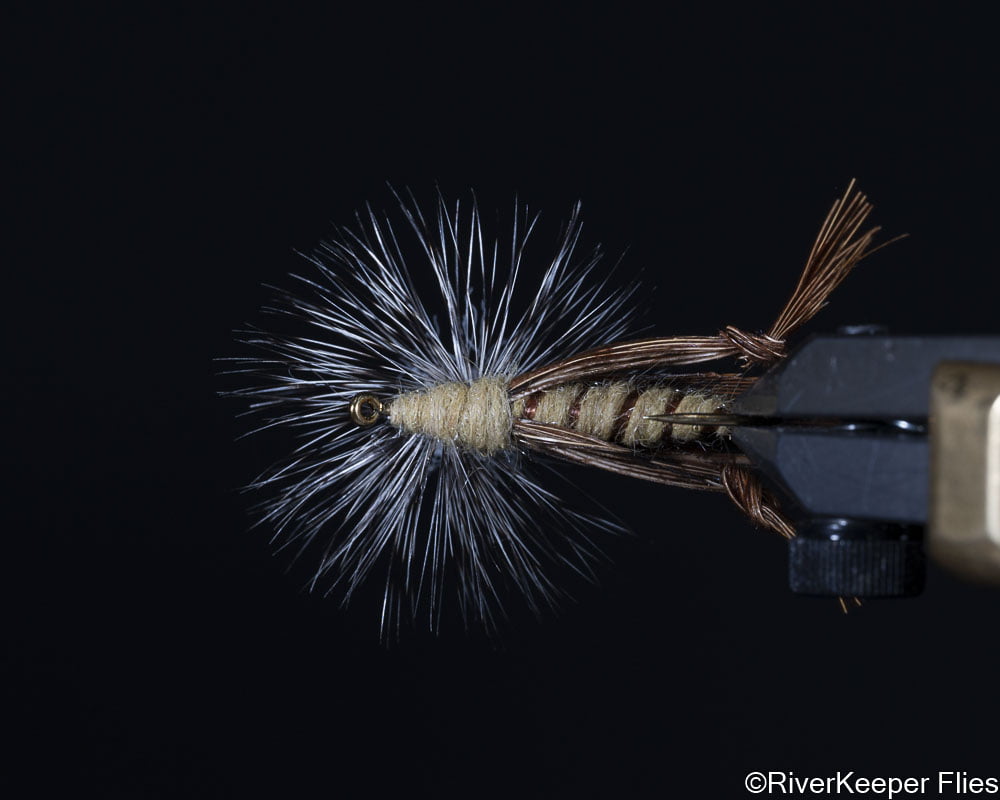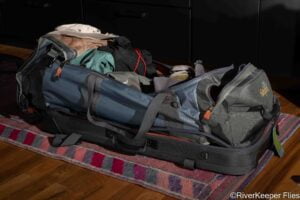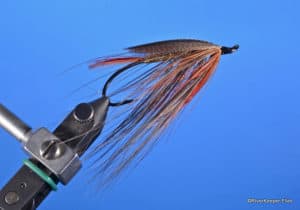Spring is here, the middle of April. What that tells me is some of my favorite insects will begin hatching in less than a month. We went to the river recently, once with fly rods in hand and another day to enjoy the river on a 5 mile hike. Both days were enjoyable and perhaps a little odd for me. You would have guessed I would have a rod in hand both days. Here are a few images I hope you enjoy of spring on the river.
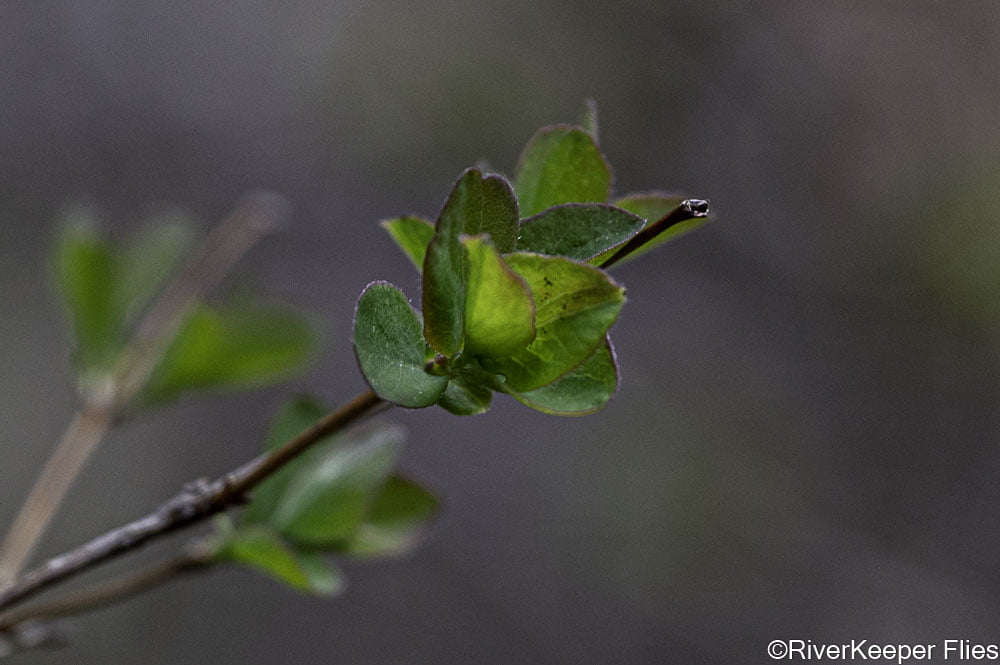
The image above is proof leaves are beginning to grow and it won’t be long until the brown swath next to the river transforms its colors.
This is Gushing Springs on the Metolius River. It’s a short hike from the trailhead at Canyon Creek Campground and one of the most beautiful views on the river when green returns to the surrounding brush.
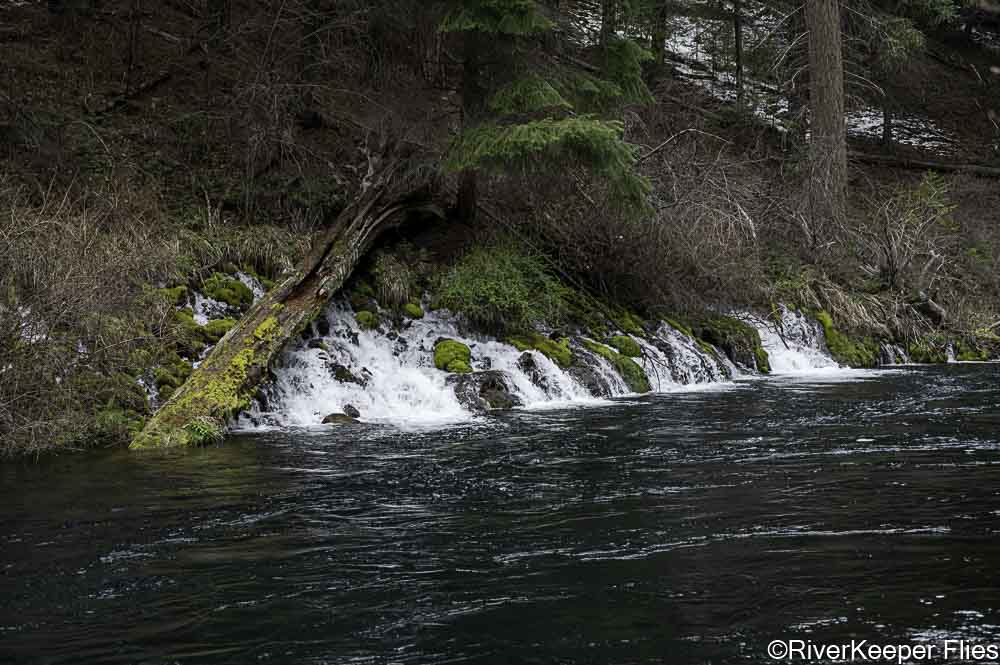
If one looks closely, the signs of spring are everywhere, including insects hatching.
It’s time for another cycle to begin and as fly fishers, we await the first major hatches with much anticipation. It won’t be long until we see Salmonflies, Golden Stones, and Green Drakes.
This is the time of year when hope and reality are far apart. I eagerly go to the river hoping to see insects hatching and fish rising to them. The reality is it’s spring, and I’ll usually see insects floating down the river for long distances and no fish rising.
I live for dry fly fishing. If you are a regular here at RiverKeeper Flies that statement will be no surprise to you.
The day I was on the river with rod in hand, a few fish rose for a short window in time. There were insects on the water and I tried to photograph them.
While I was testing out my new Nikon Z 24 – 120mm f/4 S lens on the Z50 body to get images of the PMD-like mayflies above, I turned around and there was my wife with a paint strainer mesh bag over her net with insects she’d found in an eddy. Here are some images of mayflies I captured:
The female is on the left; a male on the right. The tell-tale difference are the large eyes of the male.
We both had been casting size 16 and 18 PMD and BWO imitations to rising fish and noticed a larger size 12 or 14 mayfly floating by. Actually quite a few.
Just because I see a lot of insects doesn’t make me an expert in identifying them. Trying to identify mayflies can take a lot of time. Trust me. I spent an hour last night and another hour this morning trying to identify this insect. I think it’s a Caudatella, but am not certain. It has three tails, with the middle one slightly longer than the other two.
The reference books I usually rely on didn’t have images of an adult Caudatella. They show nymphs, but that was it. If you know what mayfly this is, please leave a Comment below.
Here is another mayfly my wife found in the eddy. I’m pretty sure it is a Baetis.
The day we hiked the river, I found more of these olive-brown mayflies. This one was caught upside down with its wings on the water’s surface.
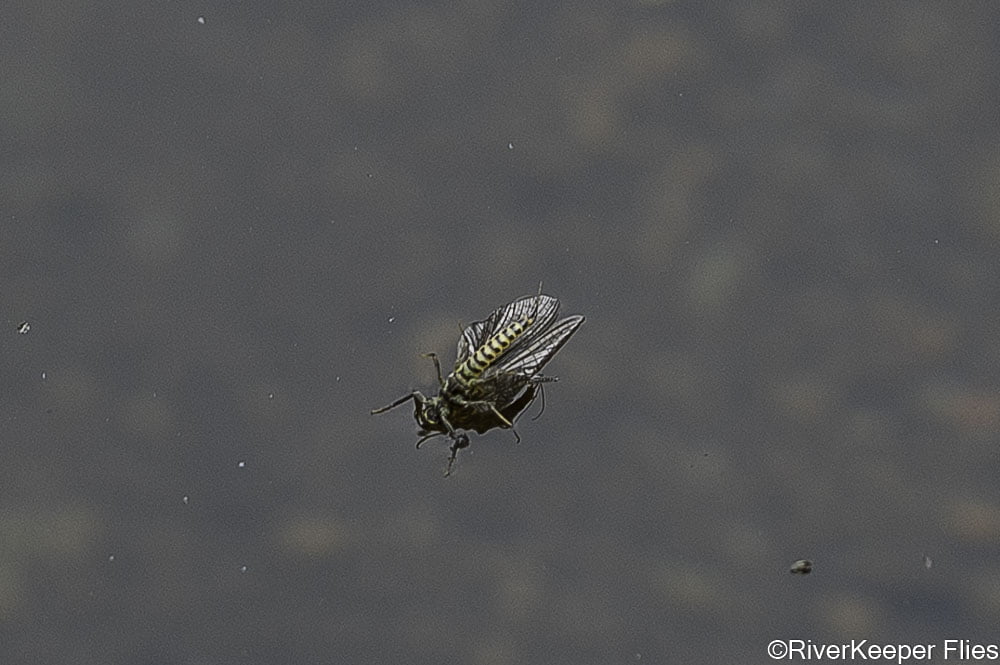
The point I’m trying to make is you don’t need to know the names of these insects to catch fish. I’ve always said to select flies based upon size, profile, and color…in that order. Look in your fly box for a size 12 or 14 olive or olive/brown colored fly to imitate a mayfly. That’s what I’ll try the next time I’m on the river.
I’m sure to return to my home waters this week with high expectations, just like usual. I hope a few more fish are rising.
Lastly, I wanted to highlight a recent video I published on my RiverKeeper flies YouTube channel where I demonstrate how I tie Schoeder’s Parachute Hopper.
And a couple of images showing the top and bottom of the hopper.
Enjoy…go fish!
